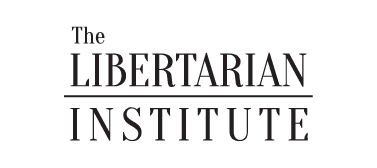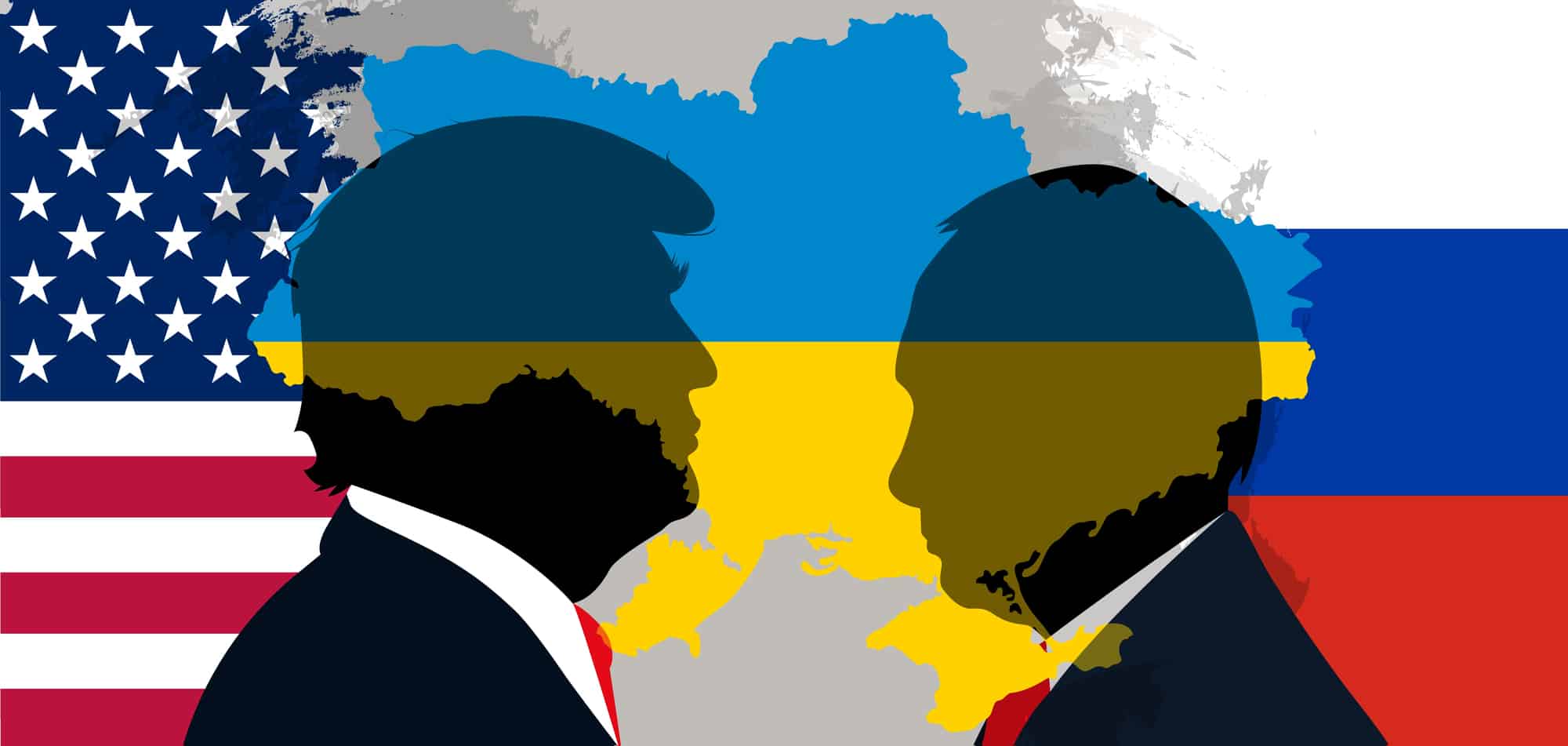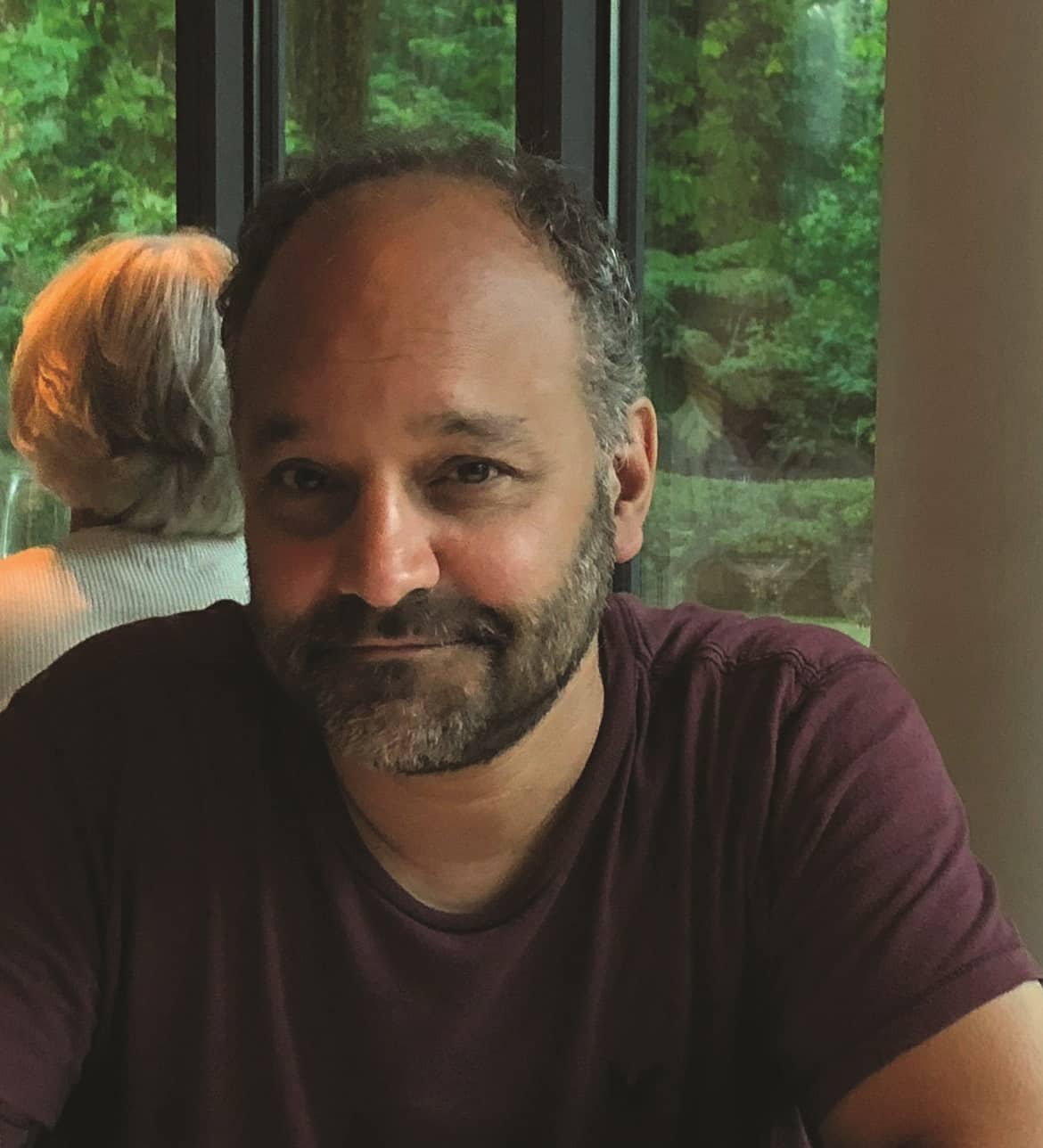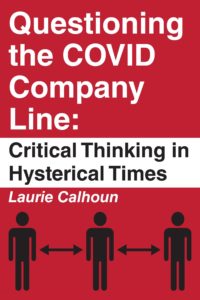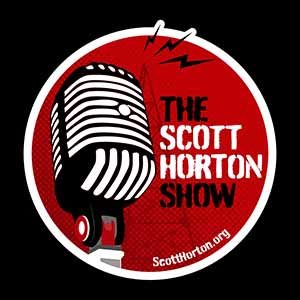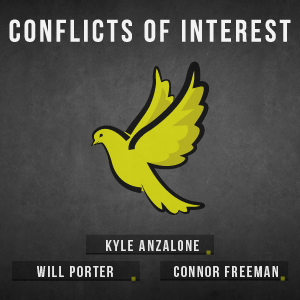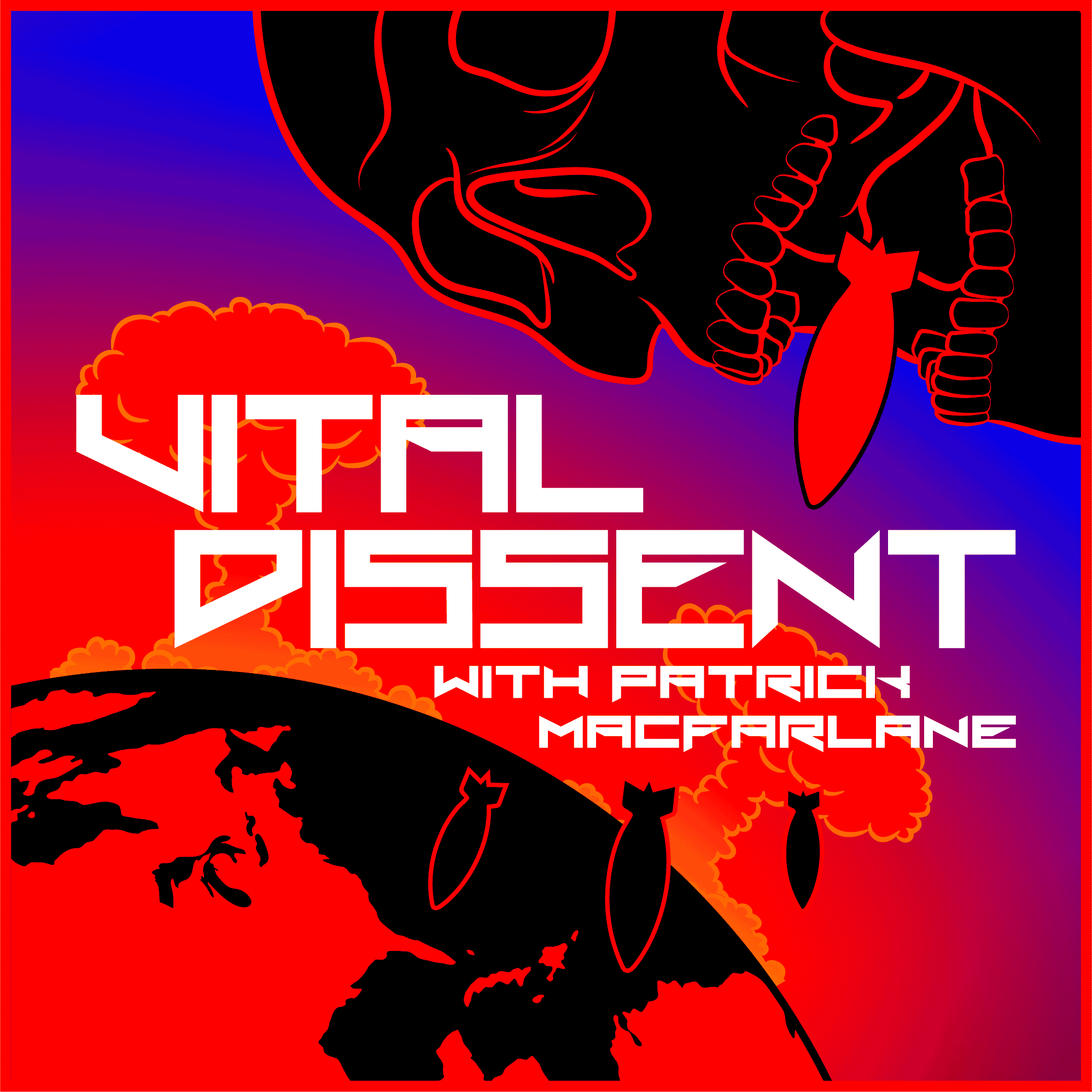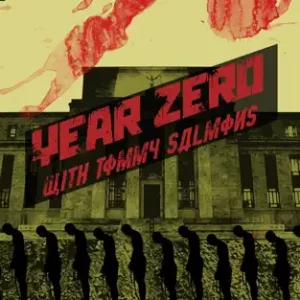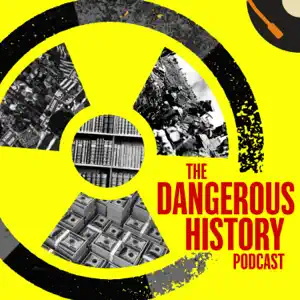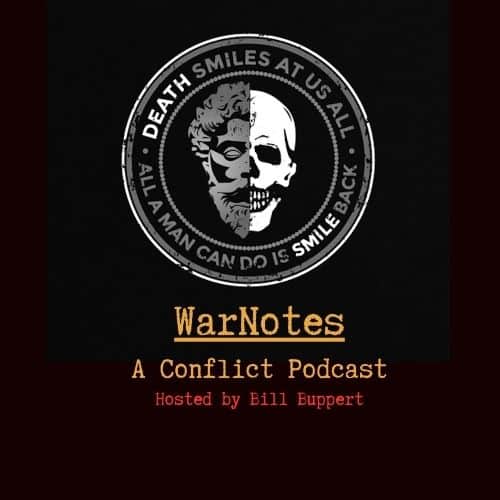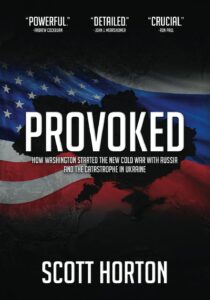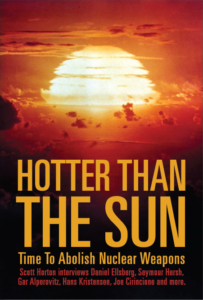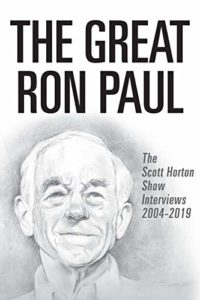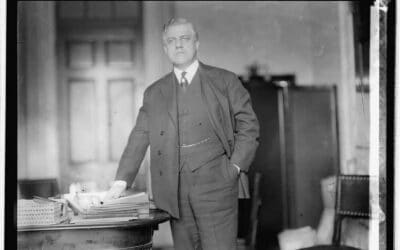Since Russia invaded Ukraine in February 2022, the United States has led an international campaign to shun and isolate Russian President Vladimir Putin. Former U.S. President Joe Biden did not talk to Putin once after the war began.
That policy of isolation is now over. On February 12, U.S. President Donald Trump confirmed that he had a “lengthy and highly productive phone call” with Putin.
But Trump did not just open the door a cautious crack. He flung it wide. He did not just agree to further phone calls, but that he would go to Moscow and Putin would come to Washington: “We agreed to work together, very closely, including visiting each other’s Nations.” More importantly still, Trump appeared to extend an invitation to welcome Russia back into the international community. He says that he and Putin “talked about…the great benefit that we will someday have in working together.”
Kremlin spokesperson Dmitri Peskov said that Trump and Putin’s phone call lasted almost an hour and a half and that they had agreed that “the time has come for our countries to work together.”
On the same day that Trump spoke to Putin, U.S. Defense Secretary Pete Hegseth was speaking to NATO and Ukrainian defense ministers. He offered the clearest yet revelation of Trump’s position.
Trump and Hegseth’s statements combined provide a glimpse of the parameters of the peace plan. Hegseth clearly stated that “the United States does not believe that NATO membership for Ukraine is a realistic outcome of a negotiated settlement.” That blow to Ukraine dovetails with Peskov’s statement that during the phone call, “Vladimir Putin, for his part, mentioned the need to eliminate the root causes of the conflict.” Those statements combined suggest a clear path for Putin to achieve his key goal in going to war: to receive a written guarantee that Ukraine will not join NATO.
With NATO off the table before negotiations even begin, the next best security guarantee for Ukraine is a large peacekeeping force. But in a second blow to Ukrainian President Volodymyr Zelensky, Hegseth said that “[t]o be clear, as part of any security guarantee, there will not be U.S. troops deployed to Ukraine.”
Hegseth also said that, from now on, “Europe must provide the overwhelming share of future lethal and nonlethal aid to Ukraine,” hinting that the United States will yield to Europe, not only in peacekeeping after the war, but in providing weapons for the fighting during the war.
Having dealt with NATO and security guarantees, Hegseth turned to territory. He revealed that it is America’s assessment that “returning to Ukraine’s pre-2014 borders is an unrealistic objective” and that “[c]hasing this illusionary goal will only prolong the war and cause more suffering.” That statement suggests that Russia will, at least, retain Crimea and the parts of the Donbas it has captured.
Trump and Hegseth’s comments do not yet provide any insight into the questions of assurances of the linguistic, religious, and cultural rights of the ethnic Russians who live in territory that will remain part of Ukraine, nor do they reveal any insights on any limits that will be placed on the size and capacity of the Ukrainian armed forces.
After Trump spoke to Putin, he spoke for an hour with Zelensky. Statements made by the three leaders after the two phone calls expose another serious concern for Ukraine. The United States had long promised that they would not push Ukraine into negotiations before they were ready and that nothing would be done about Ukraine without Ukraine. Both of those promises seem to have been erased.
After his call, Zelensky said that he “[j]ust spoke with Donald Trump. Long conversation. About the possibilities of achieving peace. About our willingness to work together…We are defining our joint steps with America to stop Russian aggression and guarantee a reliable, lasting peace.”
But Trump said nothing about defining joint steps with Ukraine or even about including Ukraine in the first round of negotiations at the president-to-president level. After his phone call with Putin, he said only that “we will begin by calling President Zelenskyy, of Ukraine, to inform him of the conversation.” And, after his call with Zelensky, he said only that “I just spoke to President Volodymyr Zelensky. The conversation went very well.” He said that a lower level meeting between Vice President J.D. Vance, Secretary of State Marco Rubio, and Zelensky would take place at the already scheduled Munich Security Conference.
After his call with Putin, Trump spoke only of agreeing “to have our respective teams start negotiations immediately,” a phrase that seems inclusive only of Trump and Putin. That Ukrainian fear of, at least, the initial exclusion in negotiations seems to have been confirmed by a later statement by Trump that a meeting between he and Putin would happen in the “not too distant future.” Trump said that “We ultimately expect to meet. In fact, we expect that he’ll come here, and I’ll go there, and we’re gonna meet also probably in Saudi Arabia the first time, we’ll meet in Saudi Arabia, see if we can get something done.” When asked by a reporter if that meant the meeting with Putin would be held without Zelensky, Trump responded, “probably we’ll have a first meeting, and then we’ll see what we can do about the second meeting.”
Though Trump has said that he will go to Moscow and that Putin will come to Washington, when asked by a reporter whether he committed to going to Ukraine, he said, “No, I haven’t committed to going to Ukraine.”
Trump’s phone calls with Putin and Zelensky, and the statements he made after, make it clear that the isolation of Russia is over. They also suggest that the first round of negotiations on terms to end the war may be conducted between the U.S. and Russia with Ukraine being excluded. Those terms, Hegseth has suggested, may grant Russia its key demand of no NATO membership for Ukraine.
